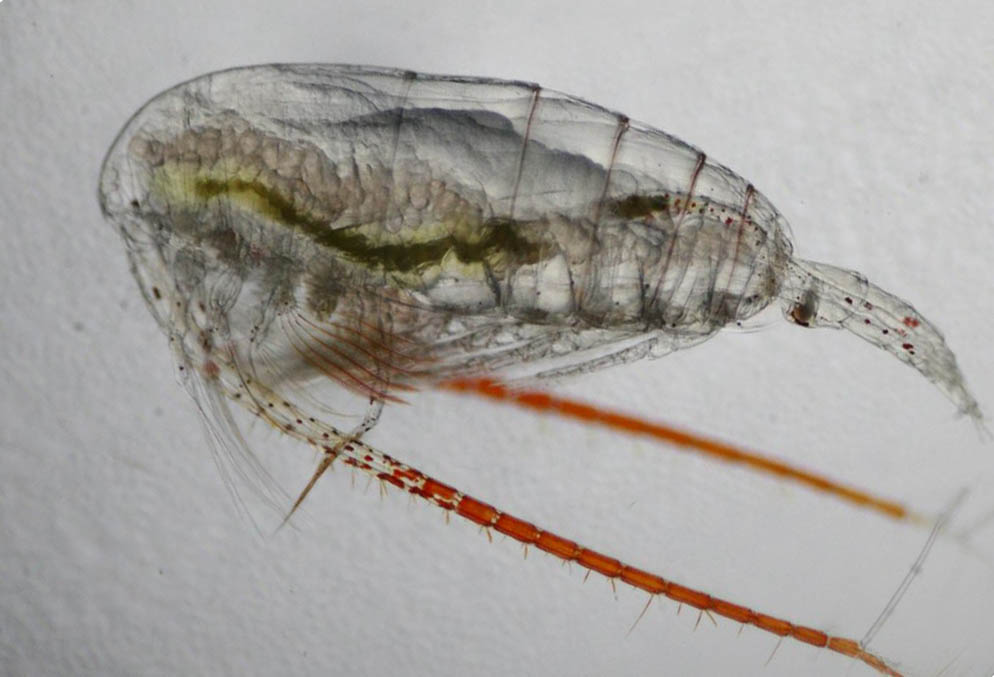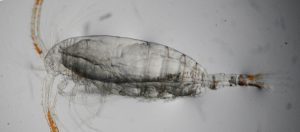Safely in the books….er uh, the freezer

January 27, 2019 (Note: this is #24 in a series of posts describing my NSF-sponsored fieldwork in Antarctica aboard the Laurence M. Gould)
Today was a good day. I collected samples of copepods (Calanus propinquus) that I’ve been incubating in the lab for five days. I’m trying to understand how different species of copepods, feed, store fats, and use stored energy to survive the long Antarctic winter. I’ve been sampling copepods from different environments…up and down the coast, along the diatom-rich ice edge, and in the food-poor blue ocean waters. I’ll look at differences in their physiological condition from those different sites, but help me interpret the patterns I see, nothing beats a good old-fashioned lab experiment. I’ve been keeping the groups of copepods in buckets of chilled seawater, either with natural food sources, or filtered to remove all the food. I set up the experiment, I’ve been maintaining it, and I’ve been holding my breath and hoping for the best.

Check out this poor hungry critter! Compared to the well-fed copepod at the top of the post, this one doesn’t have a stripe of dark green algal matter inside it’s gut (in a stripe along the body). Don’t worry too much though…they store lots of fats inside their bodies and can last a long time without food!
Today after five days, I sampled about half the animals. I was excited to see that they were all still alive and actively swimming. Almost all the animals in the “fed” group had bellies full of dark green algae. The “unfed” animals were still swimming around, they still retained orange algal pigments, but their guts were completely empty. I photographed each animal, and preserved them for measurements of gene expression, enzyme activity and lipid stores. I’m still running the experiment for a few more days, and those samples will need to travel a long way back to Woods Hole, but for now they are safe in the freezer. Whew!